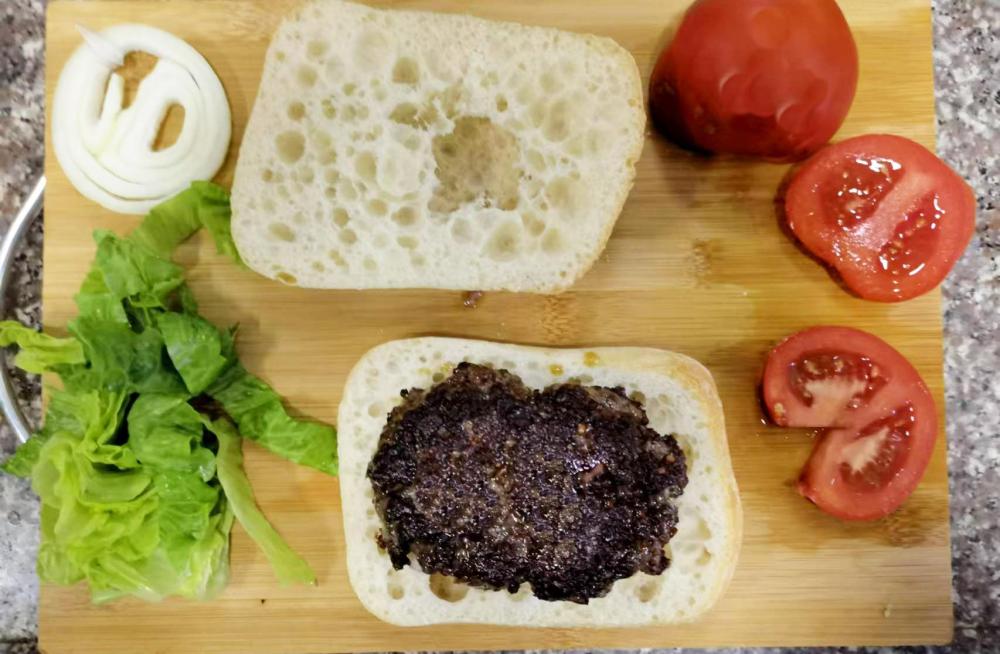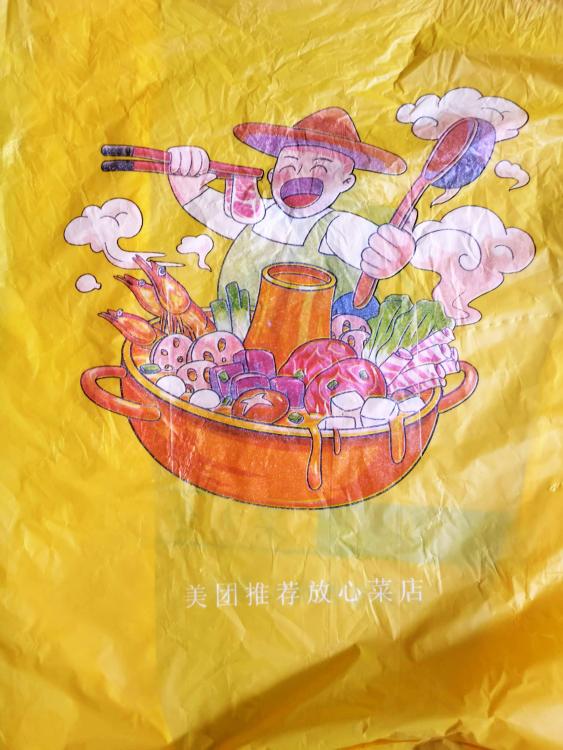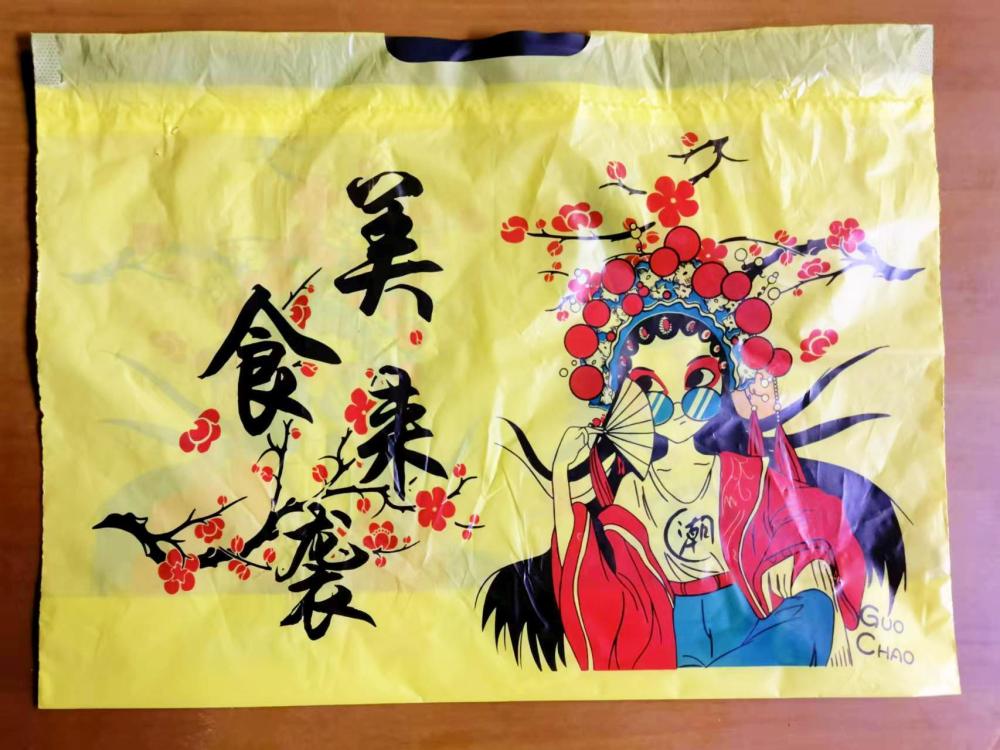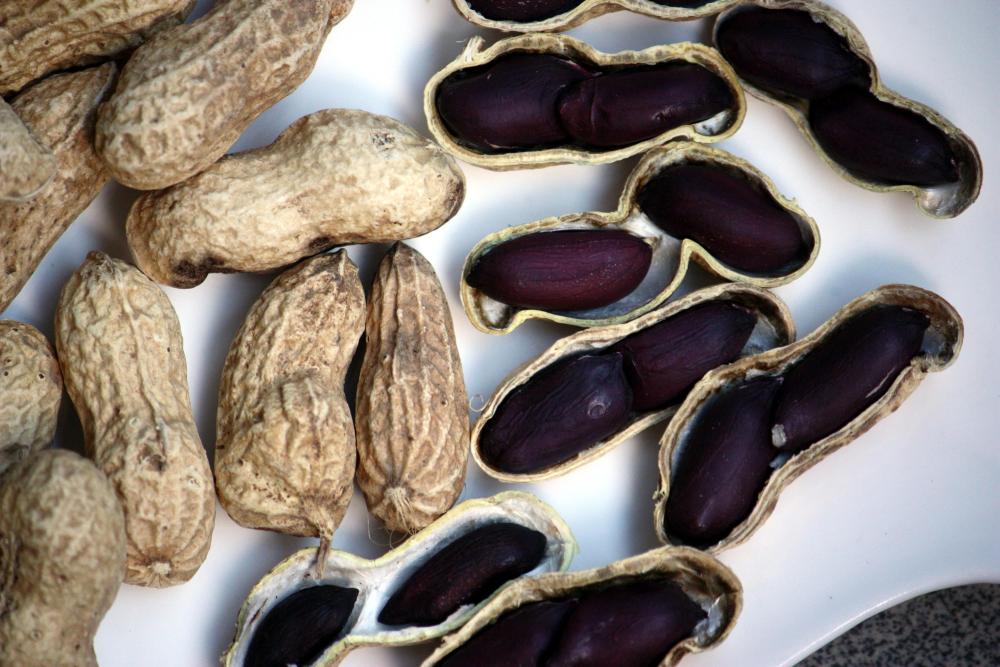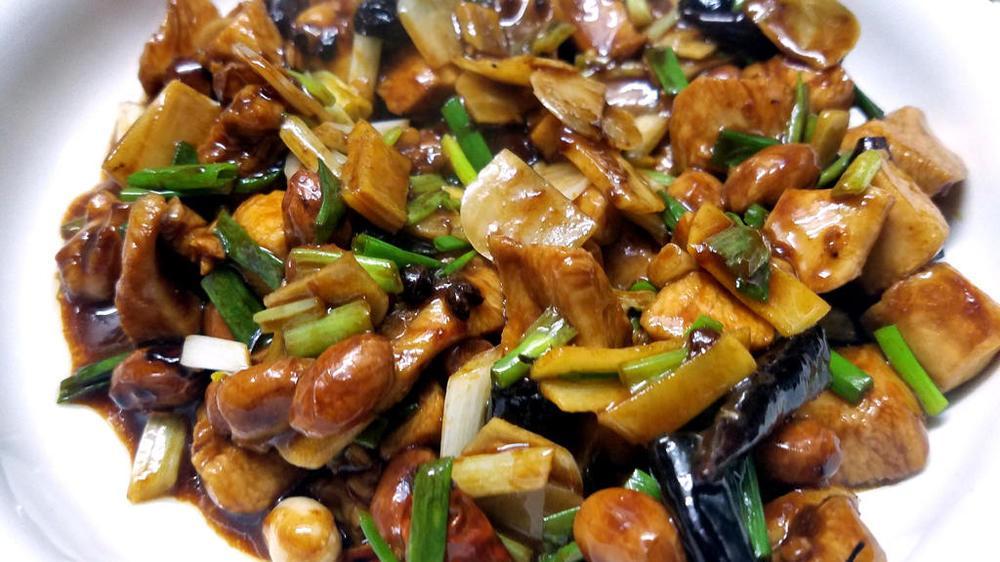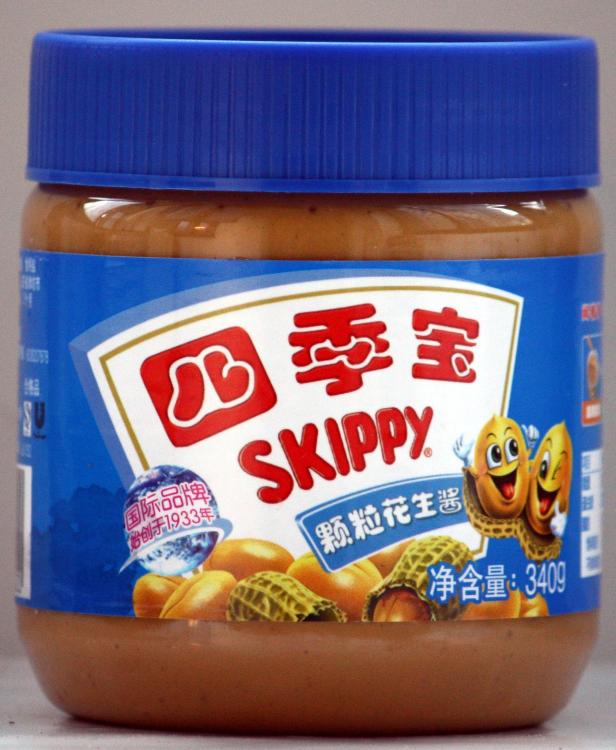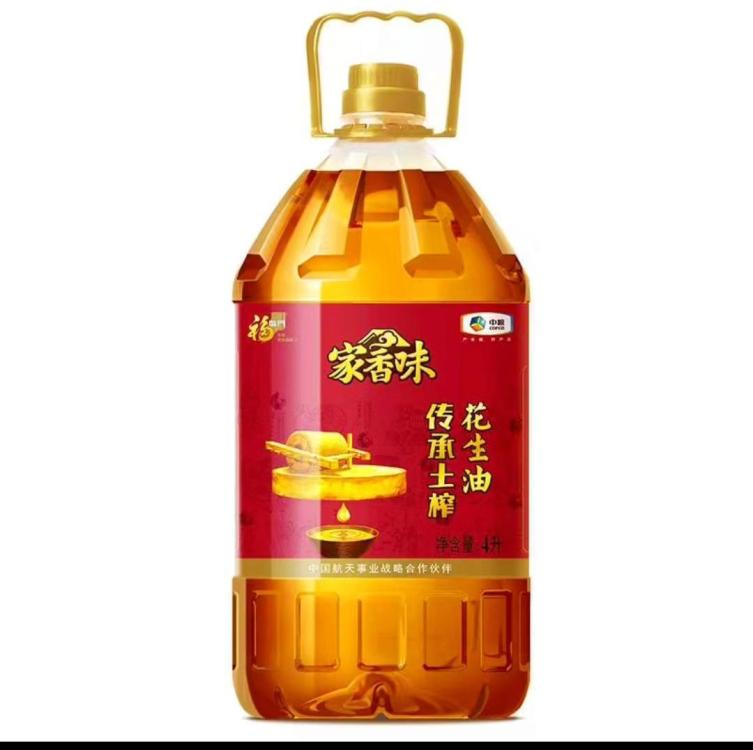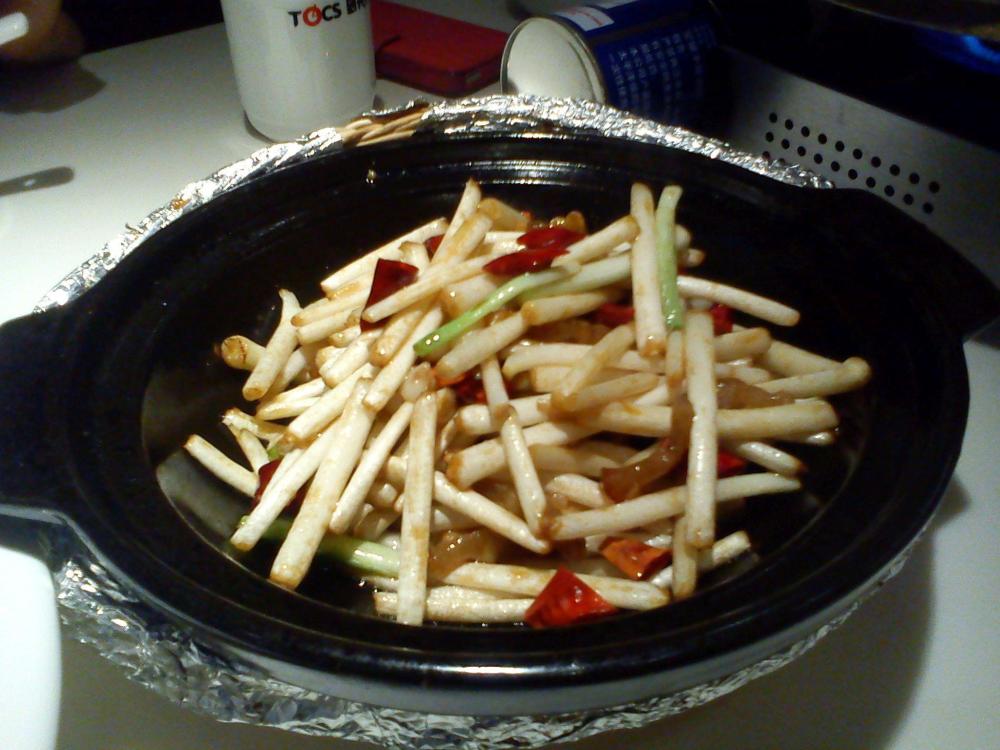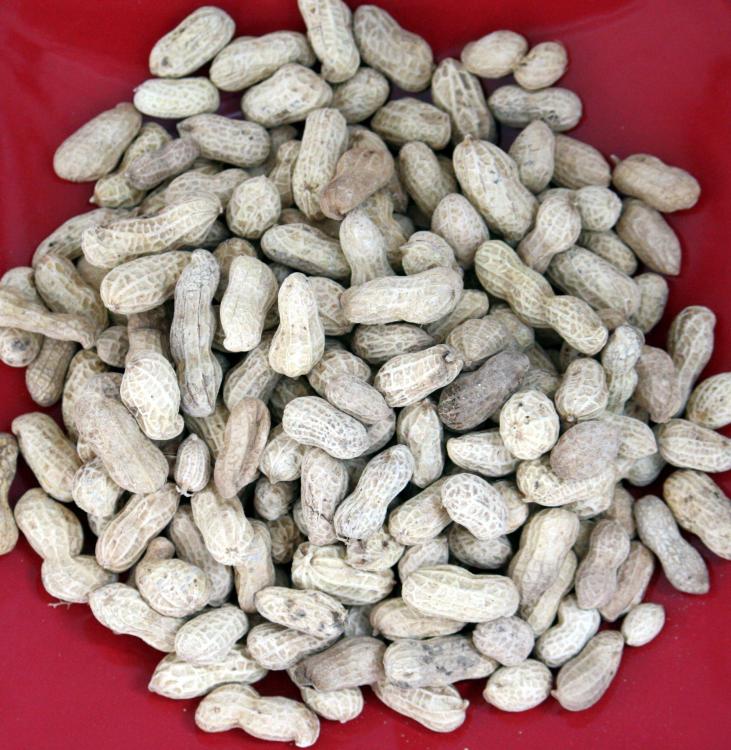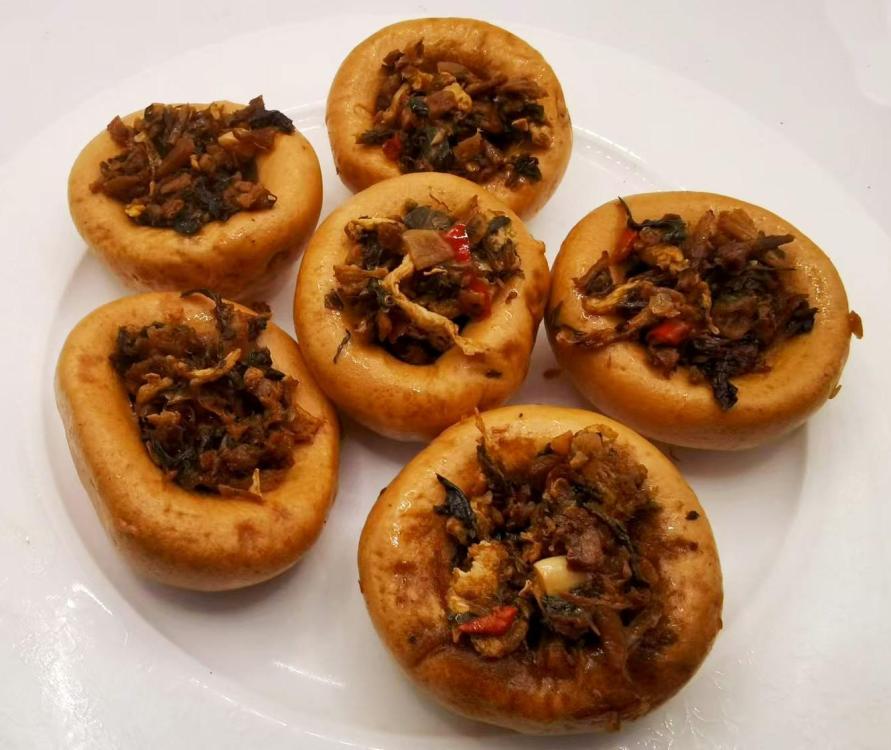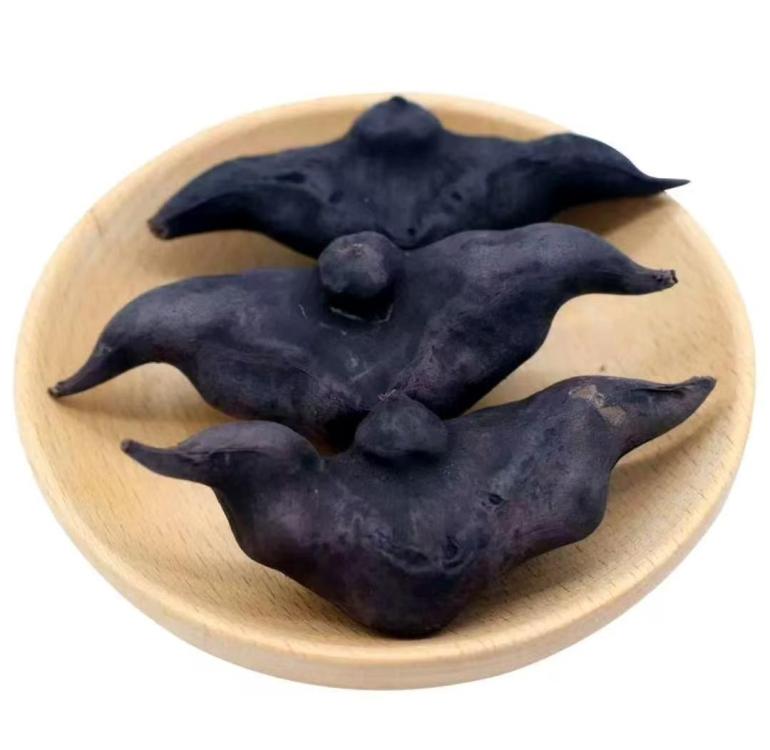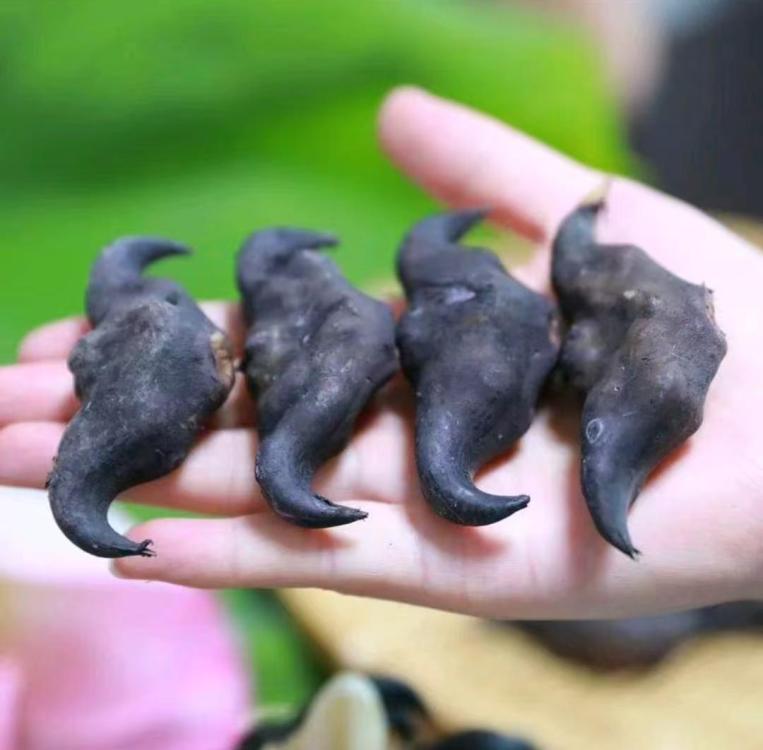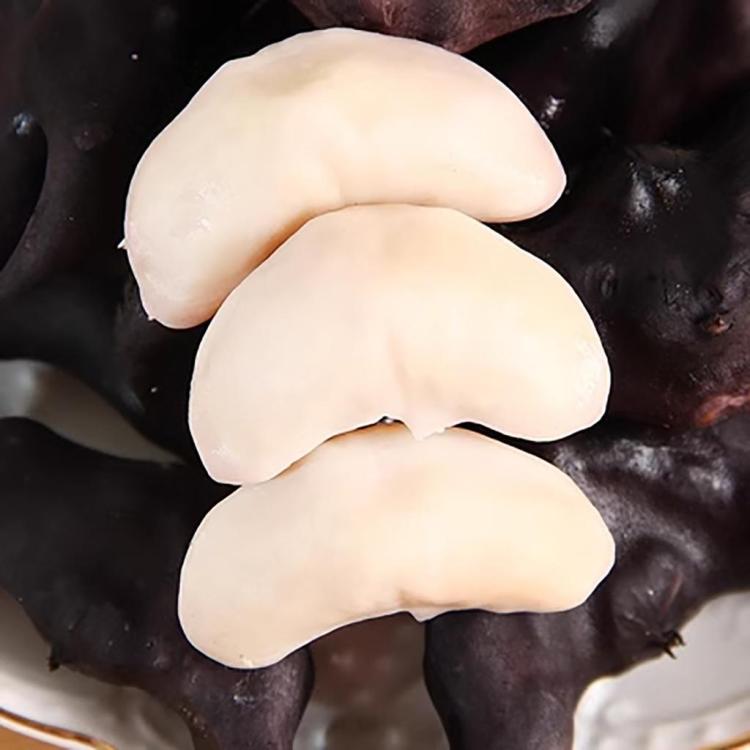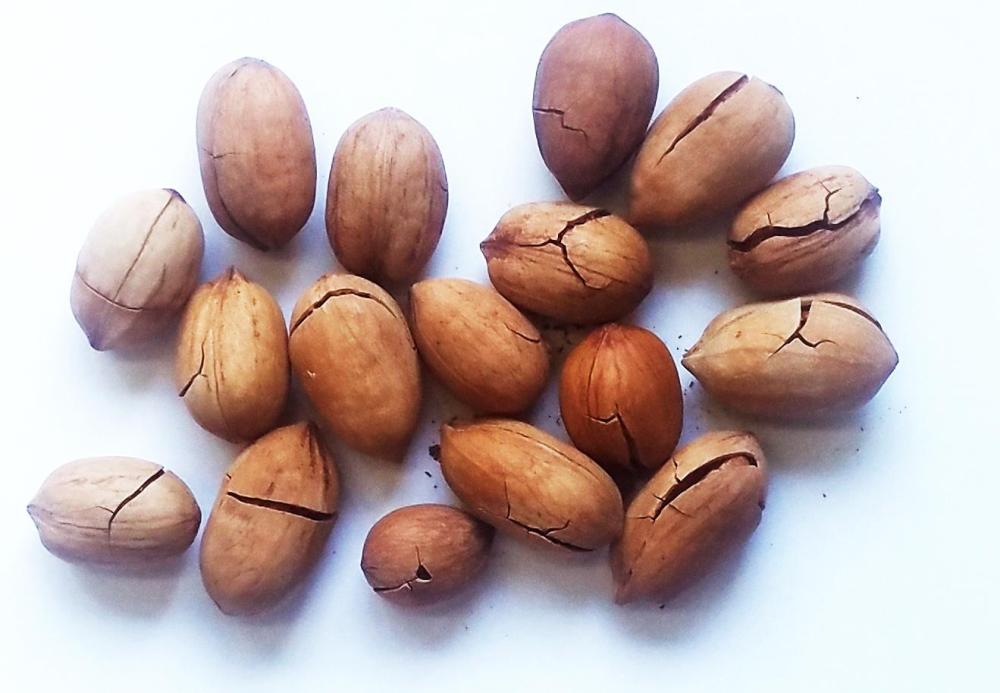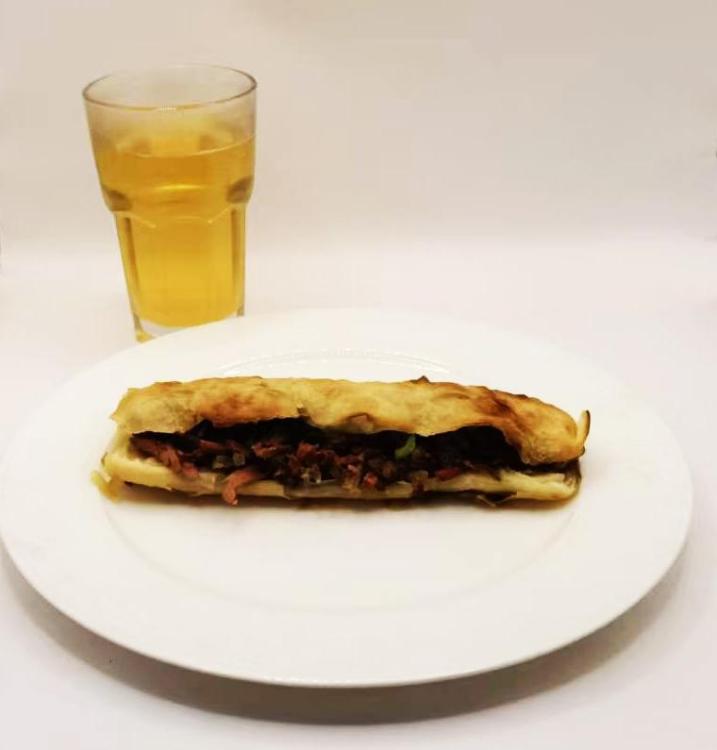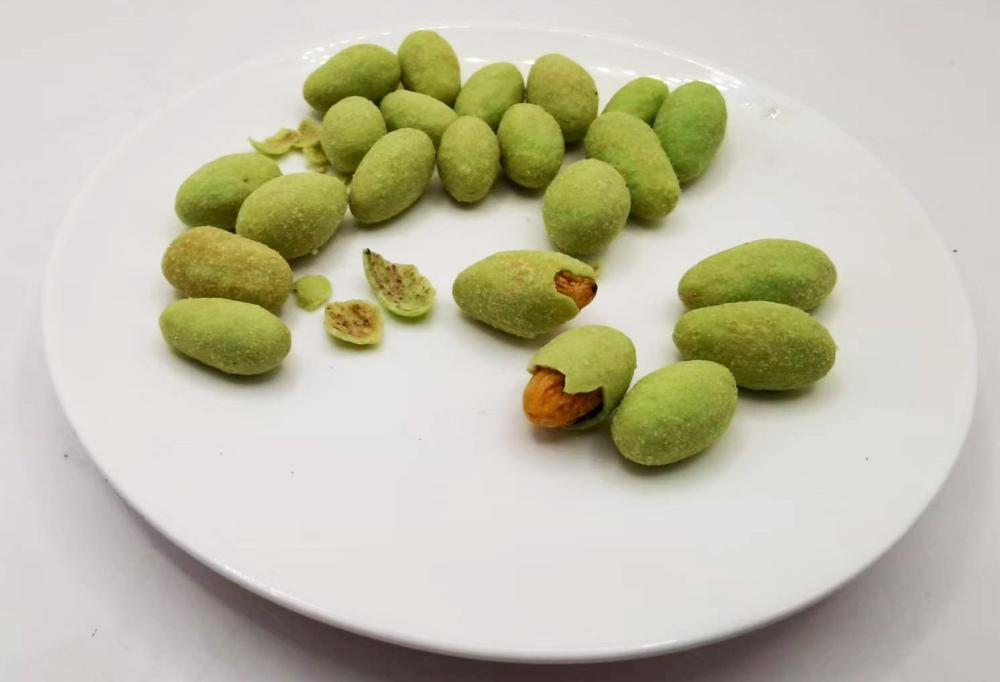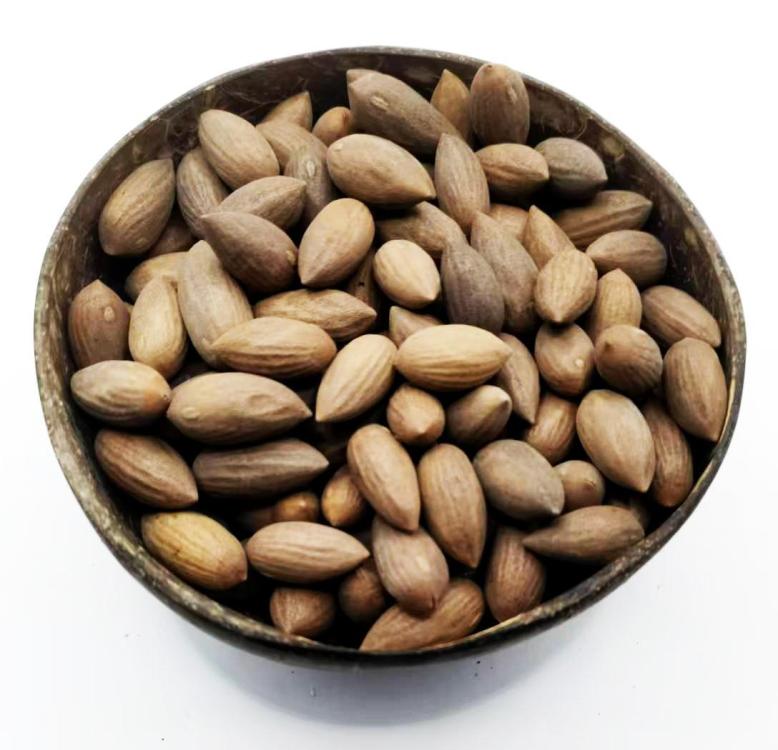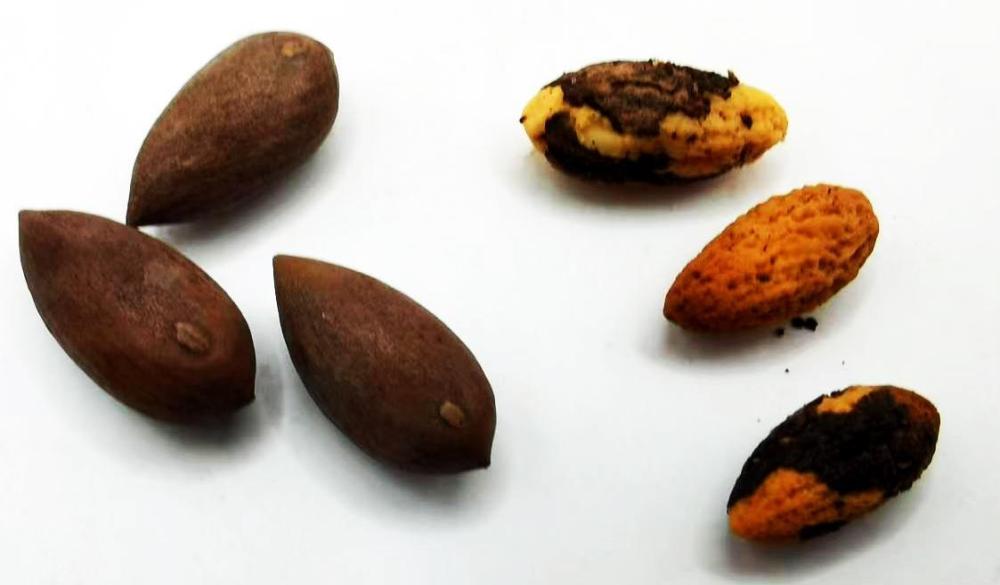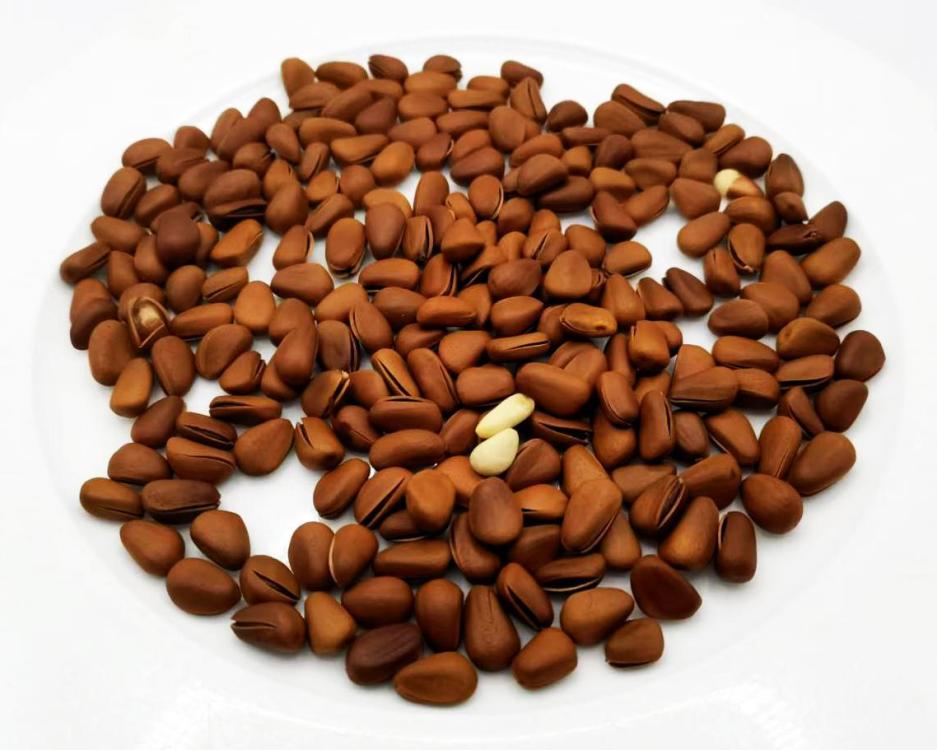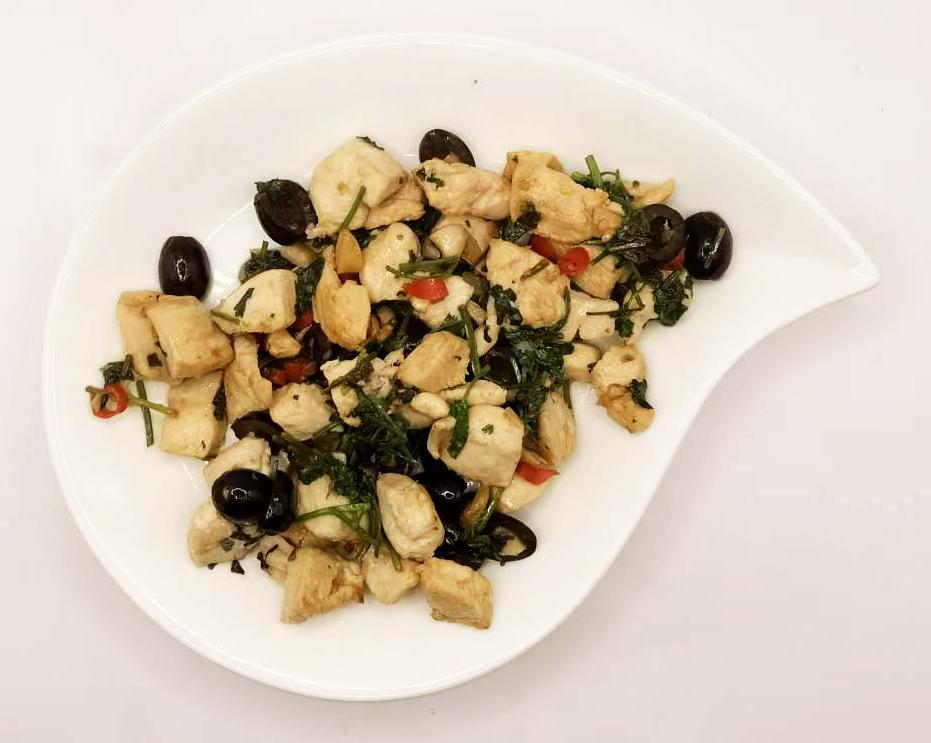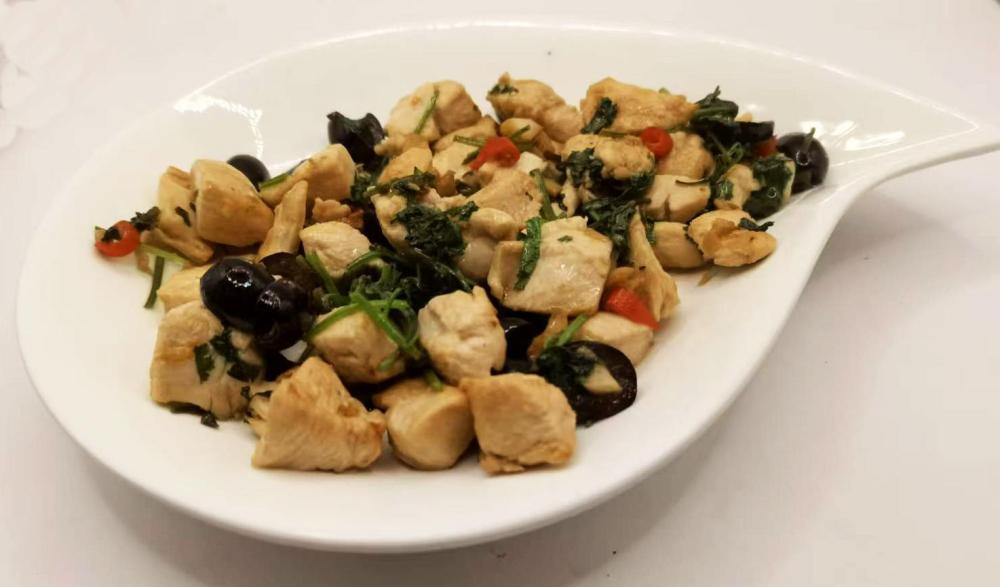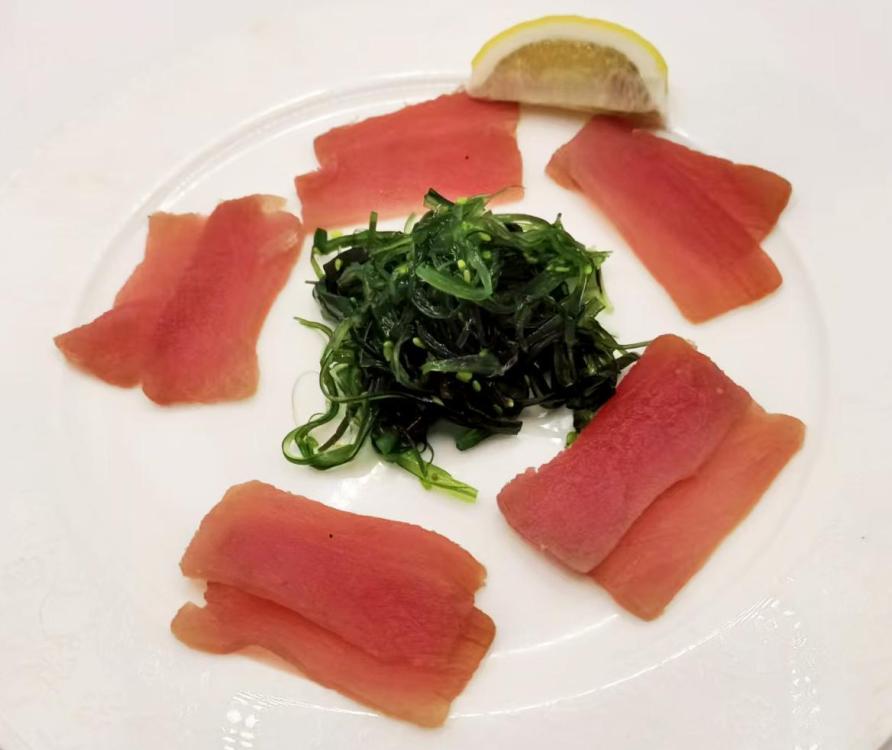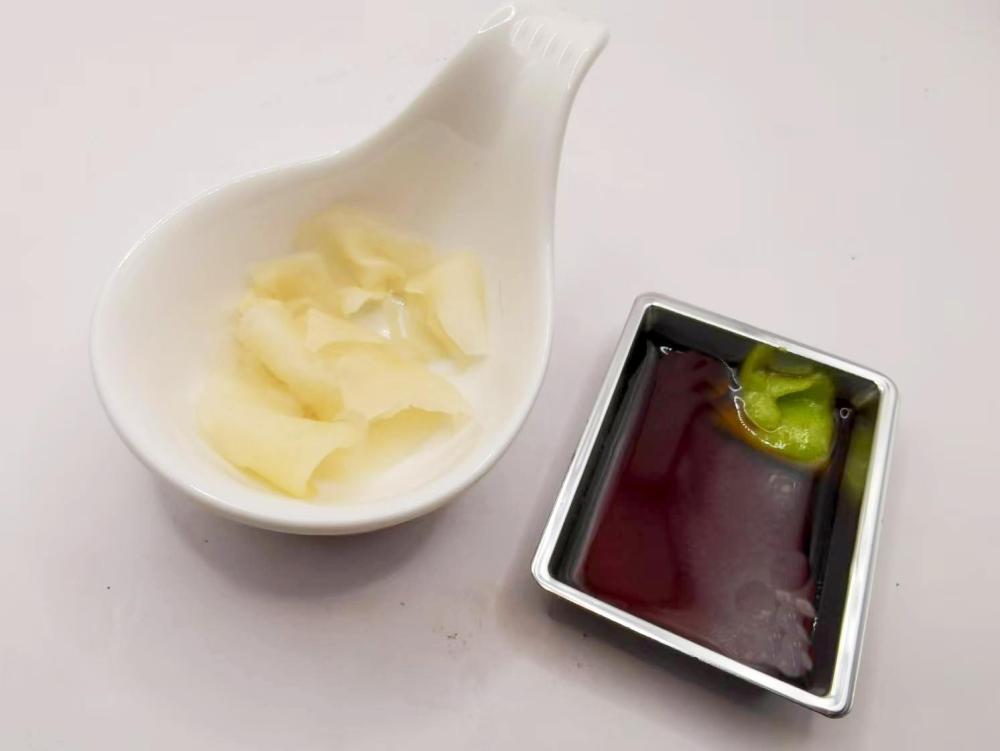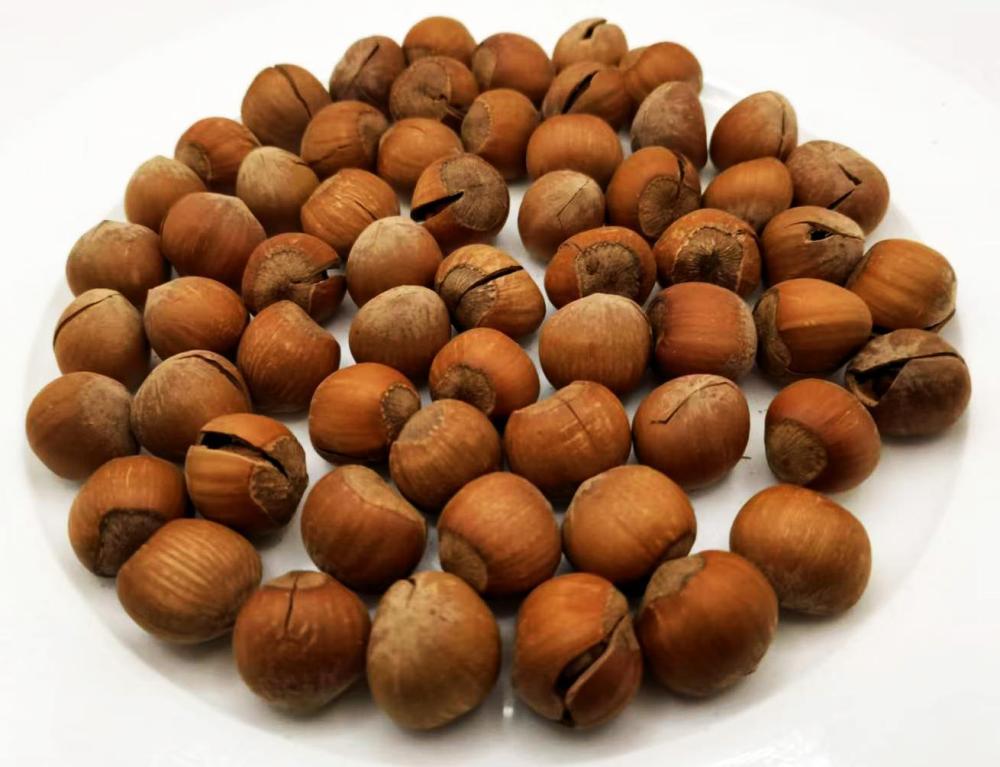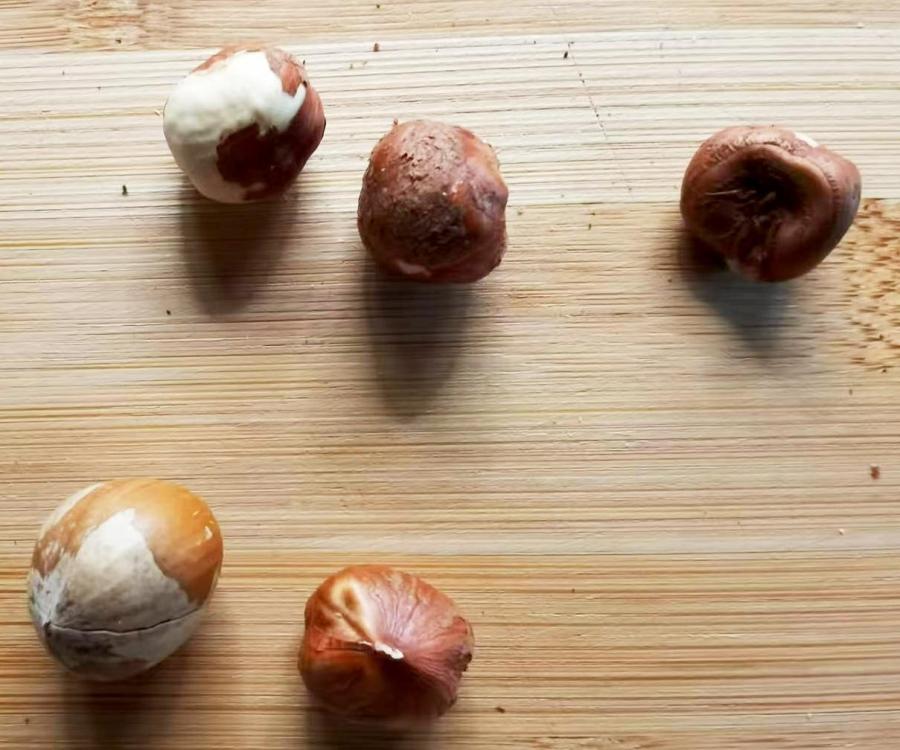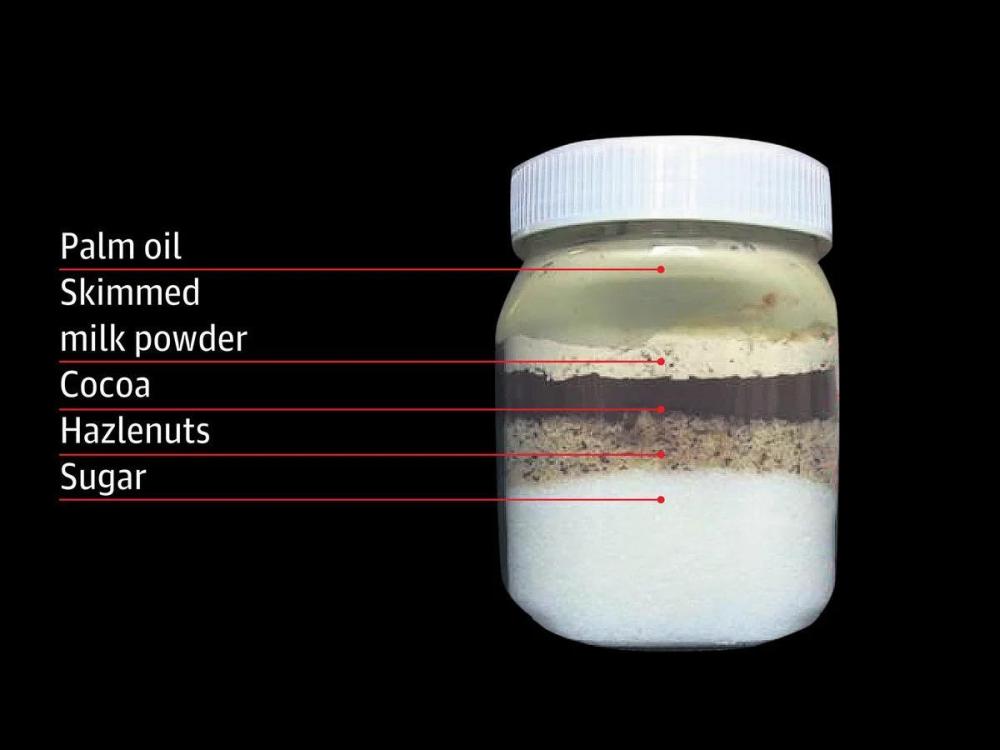-
Posts
16,681 -
Joined
-
Last visited
Content Type
Profiles
Forums
Store
Help Articles
Everything posted by liuzhou
-
It was advertised as a wearable Shrimp Pillow.
-
Ostrich burger on ciabatta bun. The ostrich meat is very lean and I was worried it might dry out but it was juicy enough. Ate two. Resting burger and mise Slid to the left a bit when I moved it. Next project: Ostrich meat encased quail scotch eggs. Coming soon.
-
-
Like many places which have either banned or imposed a punishment tax on single use plastic bags, carrier bags, shopping bags, whatever you call them, China has gone the fine route. The charge however, is miniscule and doesn't apply to small stores or delivery services. I do try to minimise their use or to re-use them, but due to my recent limited mobility, often rely on delivery services. However, some of the bags are very decorative, so I thought I'd share some. Many of them are food-themed. Here are a couple just from the last few days. I'll post any other interesting samples as when I get them Also, of course, I'd like to see any of yours.
- 3 replies
-
- 11
-

-

-

A pictorial guide to Chinese cooking ingredients
liuzhou replied to a topic in China: Cooking & Baking
There are two things with ‘nut’ in their popular names which are found here, but are so un-nut-like that I don’t feel they belong here. I have mentioned them before at the links below. Nutmeg 肉豆蔻 (ròu dòu kòu), Myristica fragrans Houtt, while nut-like is not used as a nut*, but ground as a spice, so gets disqualified. Fox nuts 芡实 (qiàn shí), Euryale ferox are totally misnamed. Which nut thought they were nuts? * Other than by aging relics from the 1960s looking for a high! -

A pictorial guide to Chinese cooking ingredients
liuzhou replied to a topic in China: Cooking & Baking
And now I’m going for the popular vote. Probably finally in this nutty saga, I come to the world’s most popular “nut”, which isn’t a nut, at all. It is a legume. Arachis hypogaea, 花生 (huā shēng), literally ‘flower (of) life’. The peanut, groundnut, goober, goober pea, pindar or monkey nut. 🥜 Not only are these not nuts; they are also rather odd in that they grow underground unlike most legumes. The scientific name hypogeae means ‘under the ground’ from the Attic ὑπόγαιος. The Romantic languages take their names from Arachis, whereas the Spanish name cacahuate comes from the Nahuatl tlālcacahuatl. My favourite is cneuen ddaear, the Welsh. The peanut is native to South America but is now grown in tropical and semi-tropical areas world wide, with China being the highest producer today. A large proportion of China’s production goes to peanut oil which is a major cooking oil in parts of China. 90% of the oil in my local supermarkets is peanut. It is valued for its mild flavour (but it isn’t totally neutral as some claim) and its for its high smoke point of 225°C (437°F). The rest are eaten as roasted nuts, boiled nuts, salted nuts etc same as elsewhere. My favourite are 酒鬼花生 (jiǔ guǐ huā shēng), literally ‘drunkard’s peanuts’ – roasted, salted peanuts with chilli. They also come in a non-chilli version. Drunkard's Peanuts They also appear in many candies, cookies etc. They turn up in sauces and pastes. Most supermarkets also carry peanut butter, both domestic and imported. The American peanut butter and jelly sandwich is unknown, but the hardest part to source would be the bread. Many Chinese dishes incorporate peanuts. Innumerable noodle dishes include them, including this city’s signature dish, luosifen. And of course 宫保鸡丁 (gōng bǎo jī dīng), known in the west as kung-pao chicken (or variations thereon) traditionally includes peanuts. The recent use of cashews is an American innovation. Gongbao Jiding Then we also get peanut shoots. These are the peanut version of bean sprouts. After all, peanuts are beans, so why not? Peanut Shoots So I leave you with this oddity. Black peanuts. A local cultivar. -
窝窝头 (wō wo tóu), steamed bun nests filled with 肉末雪菜 (ròu mò xuě cài), minced pork and 'snow vegetable', which is pickled veg, mainly spicy mustard greens.
-

A pictorial guide to Chinese cooking ingredients
liuzhou replied to a topic in China: Cooking & Baking
I’ve already said I’m going nuts. Now I’m going batty and to the devil. 菱角 (líng jiǎo) are mostly Trapa bicornis although T. natans is also sometimes available. Commonly known, among other names, as buffalo nut, bat nut, devil pod, ling nut, moustache nut, singhara nut. I call them water caltrops. They also get called water chestnuts but that is a misnomer. Water chestnuts are totally different plants and aren’t nuts in any sense; they are the corms of Eleocharis dulcis. The word caltrop comes from the Old English coltetræppe, this being a name given to various devices that catch or entangle the feet. It then extended to plants that do so. The water caltrops grow underwater up to 15 feet deep, but more typically around 8 feet and can indeed trap the feet. Trapa bicornis are known for their strange appearance, often said to resemble bats’ heads or the devils’ horns, hence the names above. The character 角 – jiǎo in the Chinese name means ‘horns’. Bicornis means ‘two horns’. Some people apparently see a moustache instead. They were once widespread across Asia, Europe and North America. Today, they mostly only survive in Asia; the European caltrops are endangered and the North American variety extinct. The were re-introduced to North America around 1874, but are now regarded as an invasive species from Vermont to Virginia and a noxious weed in Florida, North Carolina, and Washington, as well as in Australia. Trapa natans was illegal to sell or ship in the United States from 1956 until 2020 and subject to a fine and or imprisonment. Water caltrops have been cultivated in China and the Indian subcontinent for their edible nuts for at least 3,000 years. They were used in religious rites in the 2nd century BC and they were mentioned in a Chinese guide to herbal medicines published in 1694 CE with the unsubstantiated claim that they can cure hay fever and alcoholism. The starchy kernel can be eaten raw or cooked but good luck getting intact nuts out of the shells in one piece. They are notoriously difficult to crack. Some people boil them in the shells for twenty minutes then attempt to break in. Care is required as the horns are very sharp. The taste is pleasantly similar to that of chestnuts, with a cooked potato texture. Water caltrops are most often eaten as part of a tradition dinner for Mid-Autumn-Festival which falls on the 15th day of the 8th month of the Chinese lunisolar calendar (which falls between mid September and early October by the Gregorian calendar – October 6 in 2025). They are also used to make jams, drinks and ground into flour and used to make pancakes and fritters etc. -
I've been many places where water was more expensive than beer. Makes you wonder where the get the water they use to make the beer. Some beers I've been offered, I could make a good guess!
-
The translator in your mouth. There's more to saliva than meets the eye tongue. here's the lowdown on how saliva helps us differentiate flavours and even scents. How saliva changes the flavor of food
-

A pictorial guide to Chinese cooking ingredients
liuzhou replied to a topic in China: Cooking & Baking
Today I’m going to be peeking at another nut. Carya illinoinensis is formally 长山核桃 (cháng shān hé tao), which literally means ‘long, mountain walnut’ but less formally and more commonly 碧根果 (bì gēn guǒ), meaning 'jade root nut’. They are in fact a type of hickory. The ‘long’ in the first name points to them not being true nuts but yet another drupe. I’m talking about the humble pecan. Pronunciation varies regionally to the extent that the US National Pecan Growers Association felt obliged in 1927 to choose one while acknowledging the others as legitimate variations. A classic case of hedging their bets. They opted for puh-KAHN, IPA: /pəˈkɑn/ with the stress on the ‘can’, stating: Of course the good people went on pronouncing it as they always had done. The word comes from the native name of the nut in various Algonkin dialects, e.g. Cree pakan, Ojibway pagan, Abnaki pagann, suggesting they couldn’t decided either! The nut itself comes from the southern USA and northern Mexico in the Mississippi region. Although known to the Native Americans and the early colonists, commercial cultivation began only relatively recently – in the 1880s. Nearly all cultivation still takes place in their native range. The pecans here are imported from the USA. As elsewhere, they are used as eating nuts on their own and incorporated into baked goods, but aren’t a mainstream choice. Searching Taobao, China’s Amazon equivalent, for ‘pecans’, returns more instruments of torture for opening the damn things than it does the actual nuts. It is no coincidence that the original Algonquin name meant something like ‘that which is cracked with an instrument, by a stone or hammer’. I heard a rumour that, in the nuts’ native area, people put them into some sort of pie! Obviously fake news! I searched the Chinese internet for ‘pecan pie’ and all I got was children’s comic books! Who starts these stupid stories? -
@CantCookStillTry Good to see you back. It seems a while. Your sausage maker's pie is right up my street here in cold China.
-
-

A pictorial guide to Chinese cooking ingredients
liuzhou replied to a topic in China: Cooking & Baking
Here’s one grand nut yew may not know. 香榧 (xiāng fěi) is Torreya Grandis, literally ‘fragrant nutmeg yew’ but better known (but not much) as Chinese torreya or Chinese nutmeg yew. They are related to neither nutmegs or yews. These are the seeds of a large conifer endemic to south and South Eastern China. Around 80% are harvested in The Kuaijishan Ancient Chinese Torreya Community, a sustainable agriculture heritage site in Shaoxing, Zhejiang Province where Shaoxing wine originates. These originated in the Jurassic period, about 170 million years ago and are considered to be a living fossil, although people have said that about me. It is know to have been cultivated for at least 1,500 years. There is a similar species in Japan, Torreya nucifera, also known as the Japanese torreya or Japanese Nutmeg Yew. Not very imaginative are they? An American species, Torreya californica has been listed as a threatened species by the International Union for Conservation of Nature (IUCN) on their Red List of Threatened Species, also known as the IUCN Red List or Red Data Book In addition to be eaten as a snacking nut, Torreya grandis is used in TCM and some of the claims have, unusually, been backed up by modern chemical and medical analysis, It seems that T. grandis does have a number of benefits and curative effects on the human body; for example, it has an inhibitory effect on lymphoblastic leukemia, and also has the effects of regulating blood lipids. In addition, the paclitaxel in the plant’s leaves, bark, and arils can be used to treat a number of types of cancer. Take that as you will; my only medical qualifications are knowing how to call an ambulance and shouting ”more painkillers, nurse!’ These are 芥末味脆皮香榧仁 (jiè mo wèi cuì pí xiāng fěi rén), Mustard-flavoured crispy torreya kernels. The ‘shell’ isn’t the nut’s original shell, but an edible coating. Although the English on the packaging says ‘Wasabi Torreya’, there isn’t a drop of wasabi in them. It’s the usual fake stuff made from mustard and horseradish. The Chinese says it correctly. Still, I’m quite partial to these. -
I've never heard of anyone using octopus ink; only squid and cuttlefish. Also, not all octopuses have ink sacs.
-
I'll struggle to resist temptation until the 25th of this month, never mind 2026.
-
-
She was always something of a cult figure is the UK. Somewhere I have a copy of her Honey from a Weed (eG-friendly Amazon.com link). I think in my daughter's house in London. (Couldn't carry many books when I moved to China, almost 30 years ago.) Along, with, Elizabeth David and Jane Grigson they were pivotal. There is a good tribute here from the Guardian on her centenary in 2017.
-

A pictorial guide to Chinese cooking ingredients
liuzhou replied to a topic in China: Cooking & Baking
I’ve been pining for this one. But I’m not fussy. There are no songs related to these that I know of but 松子 (sōng zǐ) or, less often, 松瓤 (sōng ráng) here are Pinus koraiensis, pine nuts. I’d always considered these to be European but I was very wrong. In fact, the top producing areas are all in Asia with China, Russia, North Korea, Pakistan and Afghanistan leading the way in that order.[ Pine and its nuts, from the Latin ‘pinus’ entered English over 1,000 years ago. The name ‘pignoli’, as sometimes used in America, is not the Italian name which is ’pinoli’. ‘Pignoli’ in Italy more usually means ‘picky’ or ‘fussy’. How, this amusing error arose is not clear, but I have theories which I won’t trouble you with. As with most ‘nuts’, pine nuts are not nuts in any botanical sense; they are simple seeds, gymnosperms in botanical terms with that being from the Greek ‘γυµνόσπερµ-ος’, meaning ‘naked seed’. There are 20 viable edible species, with P. koriaensis being the most common worldwide. Europe favours P. pinea whereas America tends to go most for P. edulis, P. monophylla or, in Mexico, P. cembroides. Here they are used in pseudo-salads, stir fries, braises with meats etc much as in the west. I use them to make pesto, a decidedly not Chinese sauce. I have to grow the basil. Pine nut oil is seldom used as it has a low smoke point rendering it unsuitable for frying. The producers can make more selling the nuts. Some (not many) people, when eating pine nuts, find they suffer from what is known as dysgeusia, a ‘taste disturbance’ popularly known as ‘pine mouth’. This can last up to two weeks. Symptoms are a bitter metallic taste in the mouth a day or two after consuming pine nuts. The US Food and Drug Administration investigated this and concluded that it was largely, if not entirely, caused by food fraud, with cheaper non-edible Pinus armandii being substituted for more expensive species. Results were not conclusive though as not everyone who eats the same nuts suffers the condition and some report the symptoms with other species. -
The Japanese rice wine known to the world as sake was, on December 5th, 2024 added to the “intangible cultural heritage of humanity” list by the United Nations Educational, Scientific, and Cultural Organization (UNESCO). That took a long time. Guardian story here. 🍾
-
- 1
-

-
I used to make this regularly about 35 -55 years ago, but stopped when I moved to China. No olives of any description. (China has what it calls olives but are a totally different plant and nothing like European olives.) A few years ago bottled real olives, imported from Spain, made an appearance when there was a pizza craze. They are far from the best olives, but better than no olives. So, I started again. Chicken with black olives, coriander leaf, chilli, garlic, and white wine. Served as I did before moving to the land of rice eaters, with rice.
-
Sashimi tuna with seagrass for breakfast? Why not? With soy and freshly grated real wasabi, and pickled ginger.
-

A pictorial guide to Chinese cooking ingredients
liuzhou replied to a topic in China: Cooking & Baking
This one is for my mother. Corylus avellana are hazelnuts, cobnuts or filberts depending on species. The have several names in Chinese but 榛子 (zhēn zi) is most common for the unshelled nuts, while 榛仁 (zhēn rén) covers the shelled kernels. The English name ‘hazelnut’ is ancient, dating back to the Old English ‘hæselhnutu’ first recorded in 725 AD, ‘Filbert. came from the French ‘noix de filbert’ in the 13th century and ‘cobnut’ from their cobblestone-like appearance in the 15th. Hazelnut Kernels They are used here much as they are elsewhere – in cakes, pies and mainly in chocolate. I’m told some of Starbucks’ Chinese competitors do a hazelnut flavoured coffee, but I never go there. We even get Nutella (能多益 - néng duō yì) here. I most certainly don’t go there. Can’t stand the stuff. Nutella Ingredients. PD Image -
Oh yes. I dont think it's that small. This one, filled with Maldon salt, is about 5½ inches / 14 cm tall and 6½ inches / 16.75 cm diameter at the top. I have three of them, all used for salt of various kinds, none iodized. Maybe I meant an urn for the deceased; not a receptacle for the body! It's certainly larger than the ash urns I've seen too many of. Regular table salt is also iodized here, too but not always. I have the choice, but seldom think about it. Never tasted anything metallic.
-
I did? I don't recall that, but there are a lot of things I don't remember! Do you have a picture?




